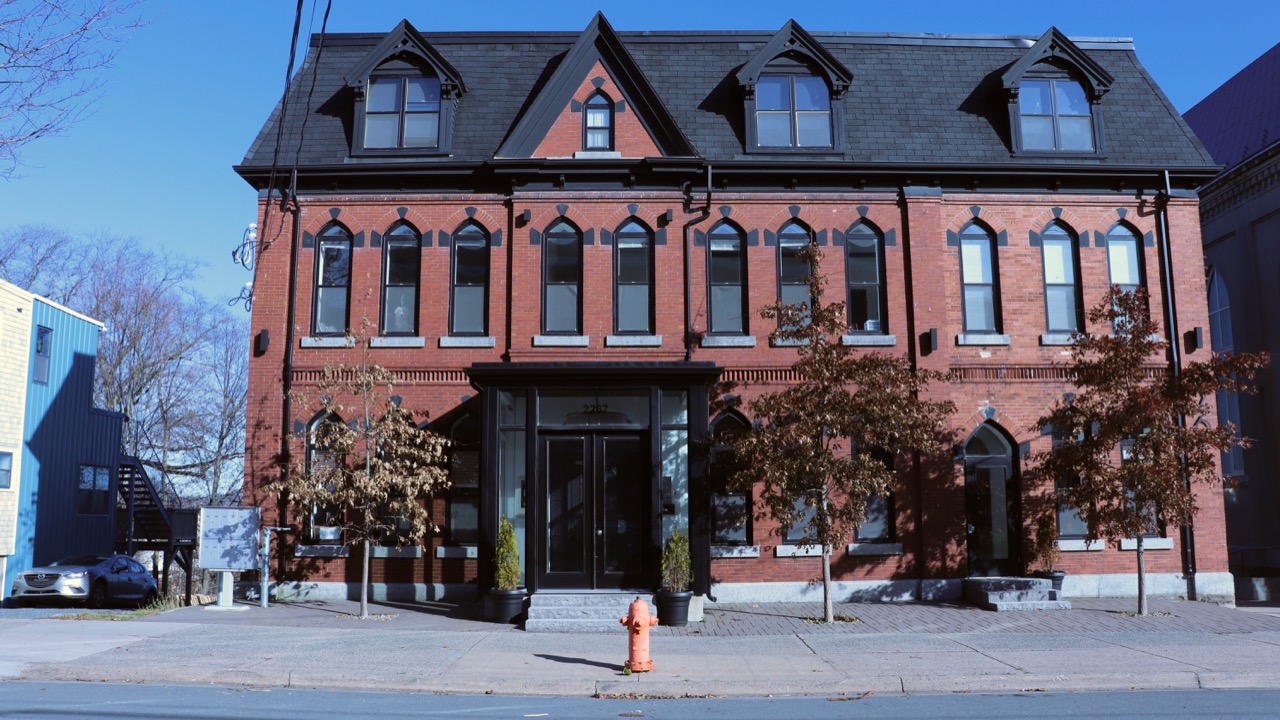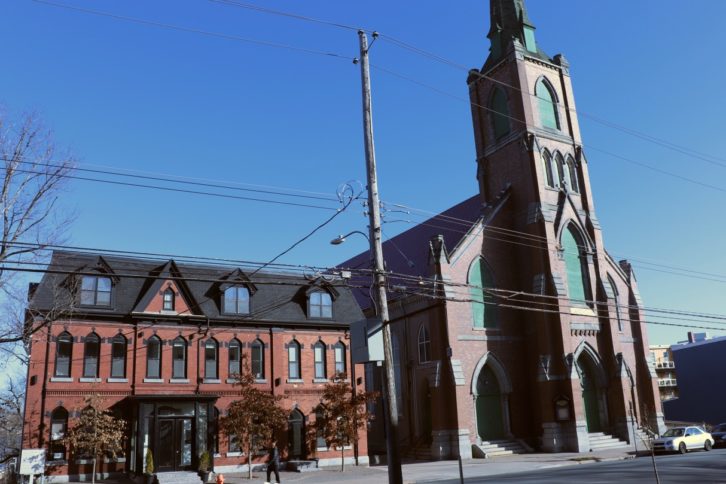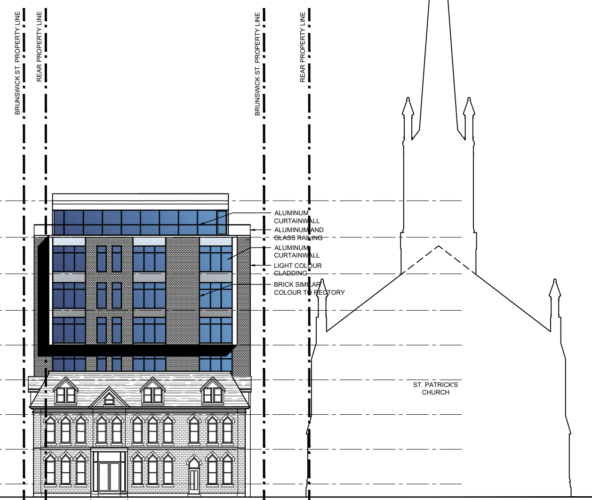Halifax church rectory gets second chance at heritage status
St. Patrick’s Church rectory, now apartments, might qualify as a heritage property

caption
The rectory of St. Patrick's Church on Gottingen Street has been converted to apartments, but still has its original exterior.The heritage advisory committee is recommending that the 130-year-old rectory of St. Patrick’s Roman Catholic Church on Gottingen Street be considered for heritage status four years after the building was deregistered.
A rectory is a building near the church where clergy can live. Because the St. Patrick’s Church and rectory shared a mailing address, both were registered for heritage status in 1982. Since the rectory was sold in 2015, it has been converted into apartments. A proposal for a new building of high-rise apartments behind the rectory was approved this year.
When the rectory was stripped of its registration in 2015, city council staff noted that the building could be considered a heritage property based on its own features. The rectory is a rare example of a Victorian Gothic brick institutional building in Halifax.

caption
The Victorian Gothic style of the rectory is part of the Brunswick Heritage Streetscape.“It was designed to complement the church,” Lois Yorke, vice-chair of the heritage advisory committee, said Wednesday. It was Yorke’s idea to reregister the rectory, built in 1889. Related stories
“The renovation was very similar when the developer took the place. To me, it looks like it can be readily considered for reregistration.”
She says she doesn’t know how the tower development on the property will affect the rectory’s heritage value.

caption
The proposed plan for the high-rise apartments stays below the church’s steeple.Coun. David Hendsbee, who sits on the committee, doesn’t think the new development of high-rise apartments will affect the building’s heritage value.
“The rectory is still kept intact with the development proposal,” Hendsbee said.
“It’s just a new addition above and behind, so I don’t see the registration affecting that application at all.”
Development delegations
The property is being developed by Brunswick Street Developments Ltd.
Blair Beed, a local historian and member of the St. Patrick’s parish, has worked closely with regional council over the past few years to ensure the development doesn’t take away from the church’s profile on the street.
Thirteen storeys were negotiated down to eight storeys, keeping in line with the church’s roof.
“We’re very happy with the apartments,” Beed said. “It’s brought life to the street.”
The church worked with the rectory’s buyer, Adam Barrett, to separate the rectory from the church. This meant redirecting water pipes and electricity, as well as an underground tunnel that allowed priests to go between the buildings.
After revisions to the tower proposal, the church was satisfied with the development’s new proposed height, and other amendments to the building. Beed said the parish is no longer concerned with the development of the rectory land.
In 2015, the parish no longer considered the rectory an asset, and needed funds to keep the main church building repaired. When they discovered the rectory could not be sold because it was a heritage property, they requested the rectory be deregistered.
Because the church no longer owns the rectory, they aren’t advocating for the building to have heritage status again.
“The developer addressed all our concerns, so it’s up to council now,” Beed said.
The committee recommended that city council request a staff report to examine the rectory’s eligibility for heritage status. It passed without objection.
About the author
Lucia Helder
Lucia Helder has interned at Maine Public and is the copy editor of the Dal Gazette.
